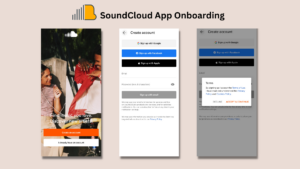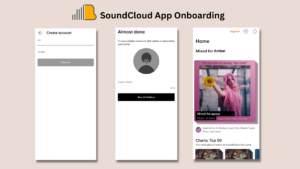Every downturn in the market cycle sees businesses immediately rush towards customer retention and foregoing all efforts towards acquisition. As the cycle turns, customer acquisition come back into focus and retention takes a backseat.
While this may seem like sound business practice, such drastic shifts in focus could do businesses more harm than good. It can never be a choice between the two; but its more about striking the right balance. One goes up, the other comes down but is not reduced to 0. Its about paying optimum attention to each depending on the market cycle, industry, etc.
The Debate Rages On…
The debate around customer acquisition vs. customer retention is often one that brings out interesting perspectives.
Customer acquisition focuses on initiatives to attract new customers. On the other hand, customer retention comprises efforts to retain existing customers so they keep coming back for more.
Customer acquisition mainly relies on reaching out to prospects and warming up cold leads. Retention relies on understanding your current customers’ pain points and enhancing customer experience.
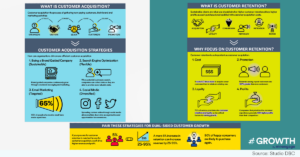
Given that any business would have limited resources, companies are often required to make the tough call on whether to focus on customer acquisition or retention. hese decisions are based on a variety of factors like type of industry, life cycle, etc.
While both acquisition and retention strive towards increasing revenue, they require different approaches. For example, acquisition may focus on strategies aligned with market development and diversification. In contrast, retention typically works in tandem with improving customer support and increasing customer lifetime value (CLV).
Cost Comparison between Customer Acquisition and Retention
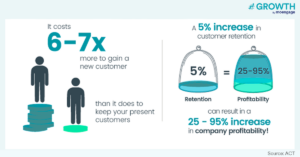
Cost involved is one of the prime factors that any business considers before making a choice between customer acquisition and retention. What a business would have to pay for customer acquisition vs. customer retentioncan vary wildly from business to business and industry to industry,. But hey, we can rely on our good old friend “data” to make better decisions.
Sarvana Kumar, CEO of Kovai.co, says that it can cost between five to seven times more to acquire a new customer than to retain an existing customer, depending on your industry. Further, Shaily Verma, Head of Data at Damac, notes that the probability of selling to a new prospect is 2% to 10%. In contrast, the probability of selling to an existing customer is 60% to 70%!
It’s clear that the cost of acquisition is significantly more than the cost of retention.
There are two main reasons for this.
First, people buy from brands that they trust, and building trust in today’s world is expensive.
Second, marketing channels ideal for customer retention (for example, email marketing) are usually cheaper than marketing channels and activities apt for acquisition (for example, lead generation, paid or targeted ads, etc.).
When deciding how much to spend on acquisition and retention of customers, brands need to consider the CLV (customer lifetime value), that is, how much revenue a customer brings in once they are associated with the brand .
But obviously, cost is not the only decisive factor. And of course, companies would need to acquire customers before they can retain them, right?
Still doesn’t settle the debate? Let’s get to the point.
Acquisition or Retention?
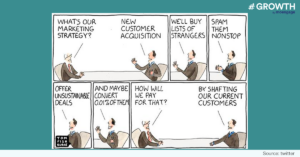
Jokes apart, here’s what the experts have to say.
“I think no business should have to decide between retention and acquisition because both of them are important.”, says Ankit Bansal, Head of Digital Marketing Strategy at 6th Street, leading online shopping site in GCC. He adds that it’s not an “or” situation, but an “and” situation. Companies need to focus on both, but the proportion of that focus will vary. In some circumstances, brands may want to focus more on acquisition, while in others, they may want to give retention a bigger push.
When to Focus on Customer Acquisition
Customer acquisition is the primary goal for companies in the growth stage. For a new business, with zero customers and zero brand recognition, all effort must be directed towards getting the brand name out there and acquiring customers.
This will have a direct impact on the revenue for the business. But, before they go about acquiring, brands need to ensure that there is a big enough addressable market, the messaging and brand voice are clear, and that there is proper product-market fit, among other things. “It is essential not to go blind,” says Shaily Verma, Head of Data at Damac, underscoring the importance of research in customer acquisition.
Another situation in which customer acquisition is a necessity is when the company is entering a new market. Say, if your company is well-known in Bengaluru, it does not mean people know you in Mumbai too. This is why customer acquisition needs to have primacy during this stage.
Further, at least some marketing efforts need to go towards customer acquisition no matter how large or established the company is. No brand in the world has 100% name recognition. Even Coca-Cola needs to focus on acquiring new customers.
Here are some top-notch examples of how brands have managed to attract new customers:
Shopify has made a big name for itself in a short span of time. This company is behind the success of numerous e-commerce stores. The company has devised innovative ways of getting noticed. For instance, it uses interactive content such as business name generators and quizzes to attract prospects. This type of content is highly sharable and generates a self-sustaining word-of-mouth loop for the company.
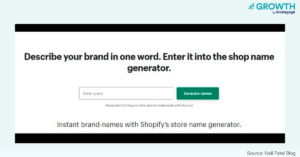
Another new brand that is making waves is TurboTax. This brand runs ads that promise free tax filing services. The catch is only some customers are eligible for free tax returns on the site. While TurboTax may not make money directly from those people, it will still have the potential to drive revenue from those who click on the ad and then find out the filing isn’t free for them, and will proceed to get the filing done anyway. Meanwhile, there are also upsell opportunities for free customers. Such kind of freemium models are a cool way to give customers a taste of your product.
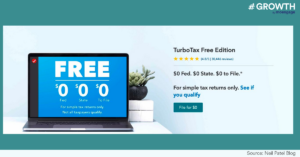
When to Focus on Customer Retention?
According to a study by Bain & Company, an increase in customer retention of 5% could improve profits by 25% to 95%! This just goes to show how much potential for revenue generation customer retention has.
Brands would benefit from engaging in customer retention because it’s much more cost-effective than customer acquisition. A company that has built a sizeable base of customers can magnify its focus on customer retention. Further, it is essential to note that customer retention efforts have acquisition impact as well in the form of referrals from loyal customers.
Let’s take a look at how some established brands are distinguishing themselves by building a loyal following.
Amazon
Customers are only getting more demanding with time as options galore. They expect the same level of service from an online experience as they do from an offline one, and Amazon understands this! The brand stresses on the customer’s journey right from the time a visitor lands on an Amazon page all the way upto checkout. This is by designing a process so seamless that 49% of all Amazon customers give the company the highest marks for excellent service.
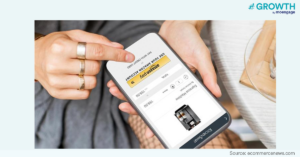
Four Seasons
Another example of stellar customer retention is that of Four Seasons. In business, especially hospitality, it is a non-negotiable to make every customer feel important. The brand has taken proactive steps to cater to every need of their guests by releasing a chat service for guests to get in touch with the staff. The result: their bookings have never been higher.
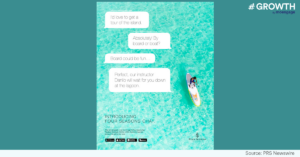
Now, retention can be tricky in some industries like travel. The travel industry expects customers to be periodic users of their offerings, not too frequent. How does retention work there?
“Although acquisition takes priority in this particular case, retention also plays a big role,” says Namrata Bhatia, Director Marketing at Holiday Factory. “Using data models while humanizing the entire customer experience and also personalizing recommendations can go a long way in creating a base of loyal customers.
In the end, it’s all about finding a way to keep the customer alive in your ecosystem, emails…SMS…whatever it takes! Remember, a loyal customer can become your brand advocate,” she adds. “Ideally,” Shaily says, “your retention should fund your acquisition.”
This is such an eye-opener. Brands need to focus on self-sustaining models to lower burn resulting from acquisition. And who can deny the power of technology in driving optimal marketing efforts!
Considering the staggering amount of data available to marketers, they need to know how to divide the population into clear segments and figure out whom to target, when and how. Leveraging data models can help detect early churn likelihood, and listening to customers can help get to the root cause of customer problems.
Ankit from 6thStreet concludes, “Data drives strategy in both acquisition and retention. While most businesses have access to enough data, what matters is how you use it, else it’s just a wormhole. Is the data actionable in real time? Is it enabling people to make the right decisions? Using automation tools for continuous tracking, testing, and actioning is what brands need to balance their acquisition/retention strategies.”
Consolidating all automation platforms to make sense of the data and building a robust martech stack can make things a lot easier for brands.
Case Study: Uber
When it comes to an interesting mix of acquisition and retention strategies, Uber goes the distance!
A revolutionary idea to ease local transport, Uber came to be in 2011. Since the very start, the company acquired new customers by offering free first rides and massive referral programs. For retention, Uber devised its loyalty program “Uber VIP.”
Most importantly, it leveraged the two-sided review system for both drivers and customers to get feedback and make service improvements. Uber Cash and Reward Program for loyal customers added to customer delight and served as an icing on the cake, or should we say, made the ride sweeter?
The result: Uber’s unprecedented growth, with Uber drivers completing 7.6 billion trips in 2022, a 20.6% increase y-o-y.
Uber is indeed an epitome of how acquisition and retention strategies can be intertwined into a self-sustaining loop.
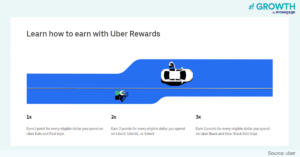
TLDR? Here’s the long and short of it:
- Looks like the never-settled debate of customer acquisition vs. retention will alas never be settled.
- Both acquisition and retention take priority in different cases depending on the industry, brand maturity, customer journey, and so on.
- While the costs of acquisition are certainly higher than retention, acquisition is an essential step for brands, particularly the new ones or those entering a new market or geography.
- In the end, it isn’t an “either-or” question, but a balance that combines both in relevant proportions.
- Consolidating marketing automation tools and making robust use of data can help brands strike the requisite balance between acquisition and retention.
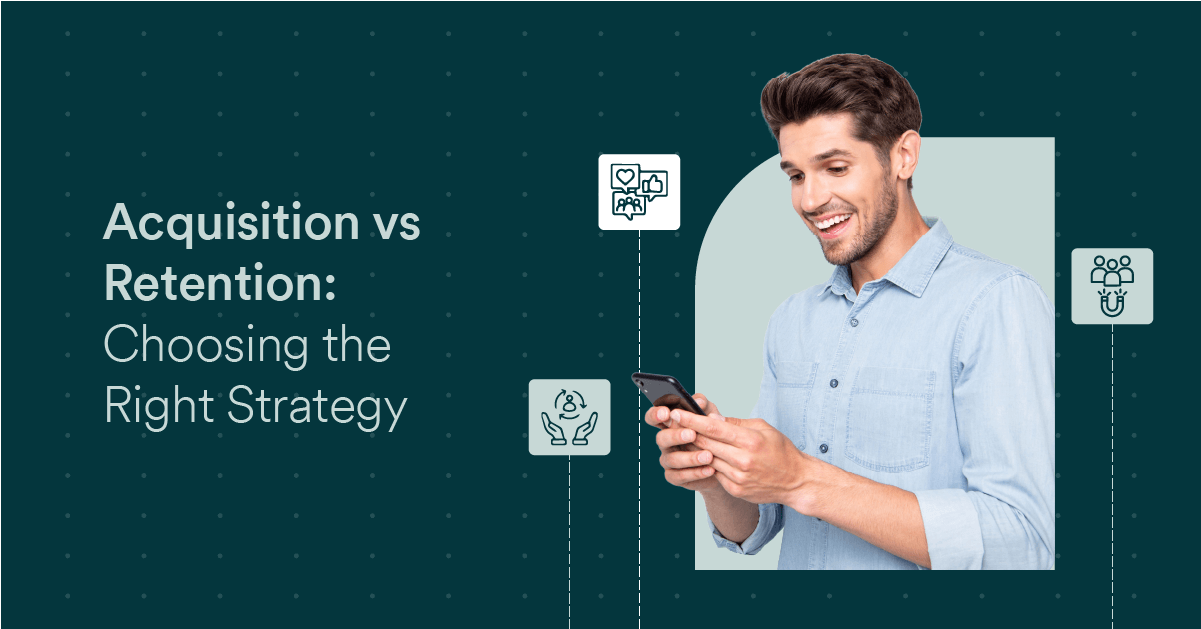
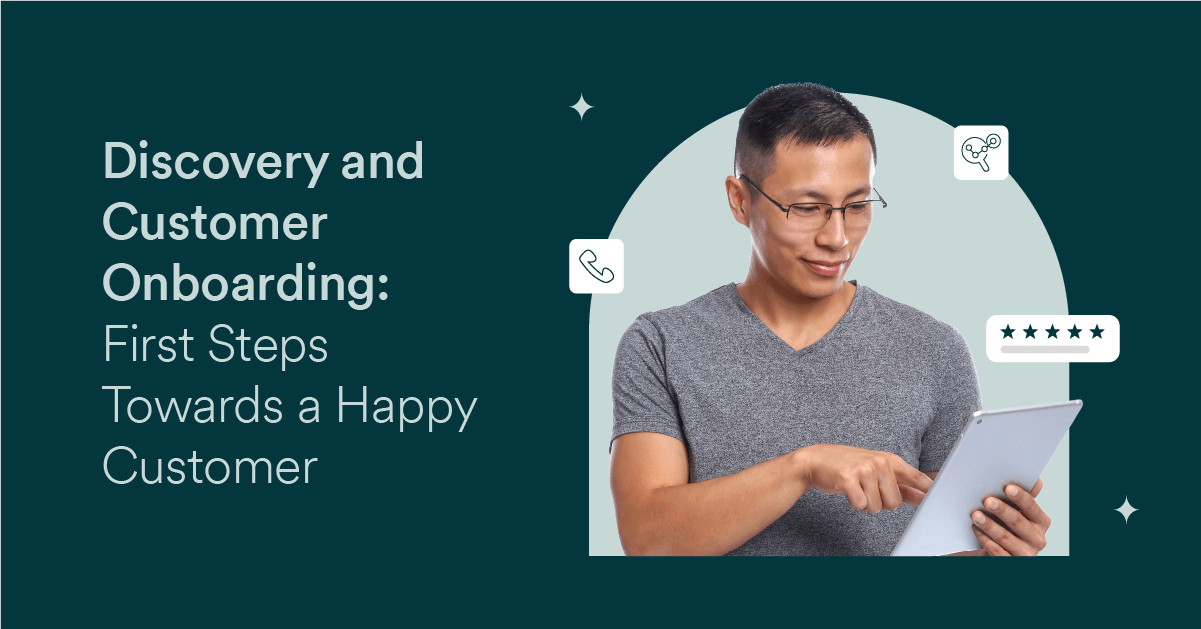
 1. Discovery
1. Discovery